 Across four presidents, the United States spent trillions of dollars on the War in Afghanistan fighting terrorist groups and trying to assist to stabilize and control the region. As the roughly 800,000 American troops have returned to the U.S. over the past 20 years, what happens to all of the military equipment they used? Well, it is often transferred to law enforcement agencies.
Across four presidents, the United States spent trillions of dollars on the War in Afghanistan fighting terrorist groups and trying to assist to stabilize and control the region. As the roughly 800,000 American troops have returned to the U.S. over the past 20 years, what happens to all of the military equipment they used? Well, it is often transferred to law enforcement agencies.
Federal programs, such as the 1033 and 1122 programs, have provided billions of dollars in military equipment to police departments in the U.S. The 1033 program allows the Department of Defense to transfer military equipment to police for free. As of 2020, nearly 65% of the 18,000 law enforcement agencies have received equipment from this program. The 1122 program allows law enforcement to purchase military equipment with its “own funds” (taxpayers’ money) at the military discounted rate. Some of this equipment includes ammunition, weapons, and tactical armored vehicles.
Some activists have noted the connection between military equipment and police use of force, particularly during protests focused on racial justice like the nationwide Black Lives Matter protests following the murder of George Floyd in 2020. In response to some student outcries and protests, some universities have divested from these federal programs. In doing so, universities are aiming to send a message about the juxtaposition between law enforcement and public safety.
Access to military equipment helped to shift the organizational culture of law enforcement, which altered training and tactics. First, the “warrior” culture emerged that often views community members as the enemy. This cultural perspective aids in use of force by modifying the type of training tactics used by law enforcement, such as the many chokeholds that are being banned by cities and police departments across the country.
Second, the acquisition of military equipment often yields more deployment of this equipment, even when it is not warranted. Consequently, police departments with more military equipment are more likely to kill civilians. Research further documents that more militarized police departments are less likely to prevent crime or make local residents feel safer. Instead, militarized police departments seem to ultimately harm the reputation of law enforcement.
And, these deleterious outcomes are not uniformly distributed to all Americans. Black people, compared to whites, are disproportionately more likely to be killed by police and experience use of force. They are also more likely to have SWAT deployed in their neighborhoods. In fact, police are more likely to use force on protesters for racial justice than those aiming to uphold white supremacy. Additionally, 9/11 has transformed not just what is viewed as a threat but also who is perceived as one. Even when a person is an American citizen or has a visa, “looking foreign,” particularly Middle Eastern, can have dire consequences as heavy-handed policing tactics often fall on the most marginalized, vulnerable, and exposed.
On September 11, 2001, I was watching Sports Center anchor Stuart Scott in my dorm room at the University of Memphis when he abruptly stopped his commentary to urge viewers to turn it on a local news channel. I remember watching in shock and dismay as I saw the second plane crash into the Twin Towers in New York City. As a Resident Advisor, I recall assisting some of my residents who were called to active duty. I remember the call from my God brother, Thomas James, who decided to enlist in U.S. Air Force and was subsequently deployed six times to the Middle East over the coming years.
For those of us who were able to welcome home our loved ones from their military deployments, most of us did not expect their equipment to be in our local police departments and on our neighborhood streets. It is clear that militarized policing is one indirect effect of U.S. foreign policy that has shaped domestic policy in a negative way.
As we encounter the 20-year mark of a tragic terrorist attack that changed America and the Middle East forever and led to families losing loved ones, policy makers should critically re-evaluate the benefits or costs (financial and human costs) associated with military equipment programs for law enforcement. The data clearly show that these programs are not beneficial for public safety. Setting federal police standards and certifications can operate to ensure that the warrior culture is replaced with a guardian perspective that prioritizes public safety over militarization.
Part of this essay appears in Maryland Today at the University of Maryland.
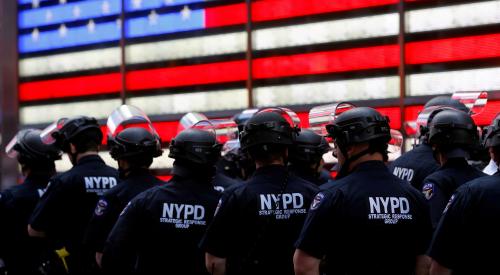
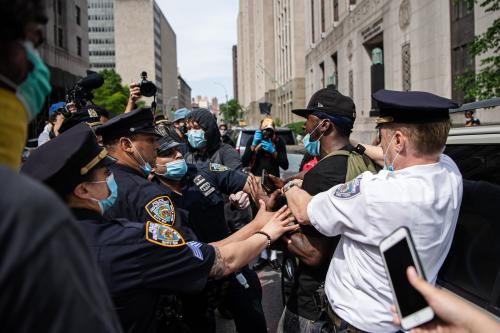
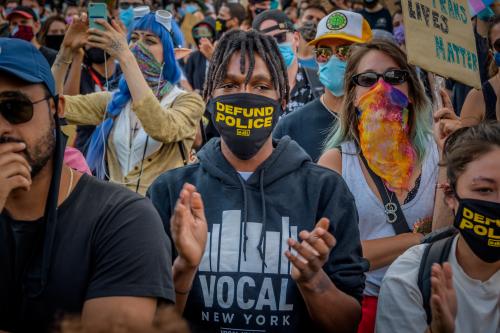
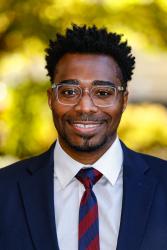
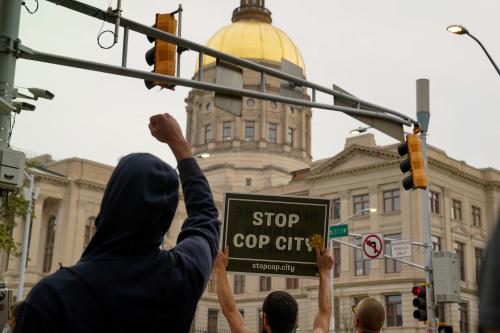
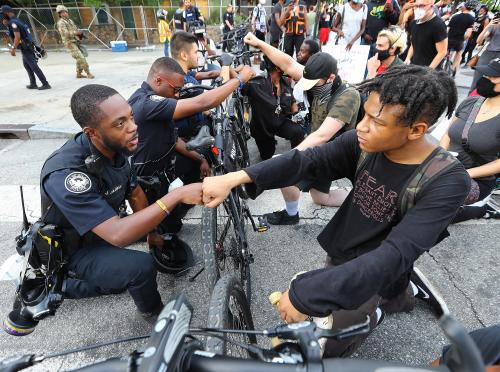
Commentary
How 9/11 helped to militarize American law enforcement
September 9, 2021